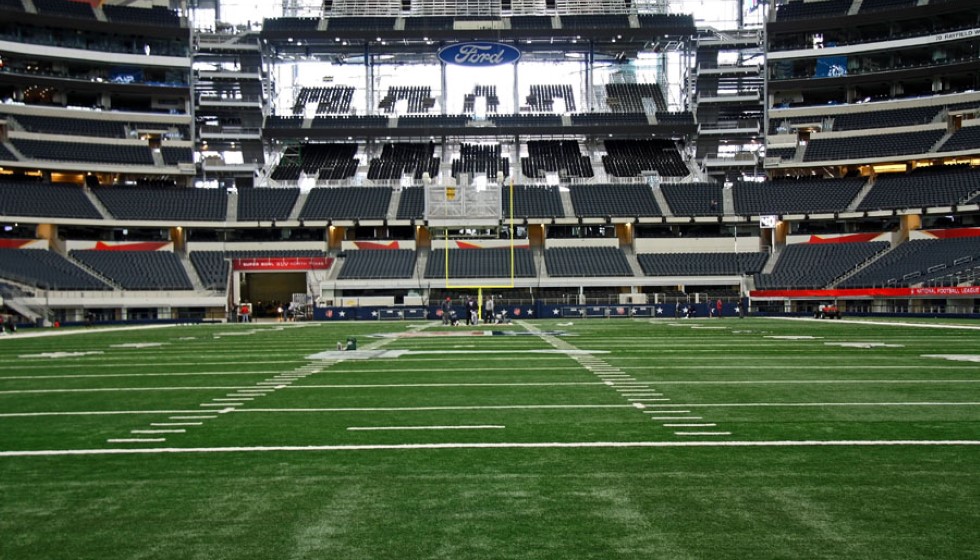
The Dallas Cowboys are placing a premium on "high-quality" joint practices this preseason, as emphasized by head coach Mike McCarthy. On August 8, the Cowboys began their first joint session with the Los Angeles Rams, and the atmosphere was largely controlled, with minimal disruptions. However, a significant altercation during the subsequent practice day added an unexpected layer of tension.
The initial session between the Cowboys and Rams was relatively uneventful, although marked by a few minor scuffles. Both teams managed to exercise restraint, avoiding any severe conflicts. This semblance of peace was disrupted only in the second joint session, which was marred by an incident involving newly signed Dallas player Albert Huggins.
A Tense Moment in Practice
Albert Huggins, who joined the Cowboys on August 7, is attempting to solidify his place in the NFL after going undrafted out of Clemson in 2019. Huggins, entering his sixth NFL season in 2024, has had previous stints with several teams, including the Philadelphia Eagles, Detroit Lions, New Orleans Saints, and Atlanta Falcons. The Cowboys brought him in to enhance the depth behind starters Osa Odighizuwa and Mazi Smith.
The incident unfolded during a pass-rush drill, where a Rams coaching intern was simulating the quarterback. In the heat of the drill, Huggins knocked down the intern, leading to immediate backlash from the Rams players, who charged towards Huggins. The tension boiled over as Huggins responded with an obscene gesture, flashing his middle finger at the Los Angeles players.
Immediate Repercussions
The response from both the Cowboys and Rams coaching staff was swift. Dallas coaches quickly intervened, asking Huggins to leave the practice session. Rams head coach Sean McVay also took action, temporarily halting the drill to address both teams and to ensure the intern was unharmed. McVay's intervention underscored the importance of maintaining professionalism, even in competitive practice scenarios.
This incident serves as a stark reminder of the fine line players must navigate between maintaining competitive intensity and upholding professionalism. As McCarthy has stressed, joint practices are valuable opportunities for teams to hone their skills in game-like conditions. "High-quality" practices are vital for evaluating player performance and integrating new members into the team dynamics.
A Lesson in Professionalism
For Huggins, the incident is a significant setback. His actions not only drew unwanted attention but also highlighted the challenges of maintaining composure under pressure. The Cowboys' decision to eject him from practice underscores the organization's expectations for discipline and professionalism. Huggins must now focus on demonstrating his value to the team and bouncing back from this misstep.
As the preseason progresses, the Cowboys' coaching staff will closely scrutinize Huggins' ability to recover and contribute positively to the team. His journey provides a vivid example of the delicate balance between aggression and respect that professional athletes must strike in their careers. The ability to navigate this balance effectively can often be the difference between a successful stint in the NFL and a career marred by controversy.
In conclusion, the joint practices between the Cowboys and Rams have been a blend of cooperation and conflict, offering valuable lessons for all involved. McCarthy's focus on "high-quality" sessions aims to ensure that these practices are productive and instructive, setting the stage for a successful season ahead.